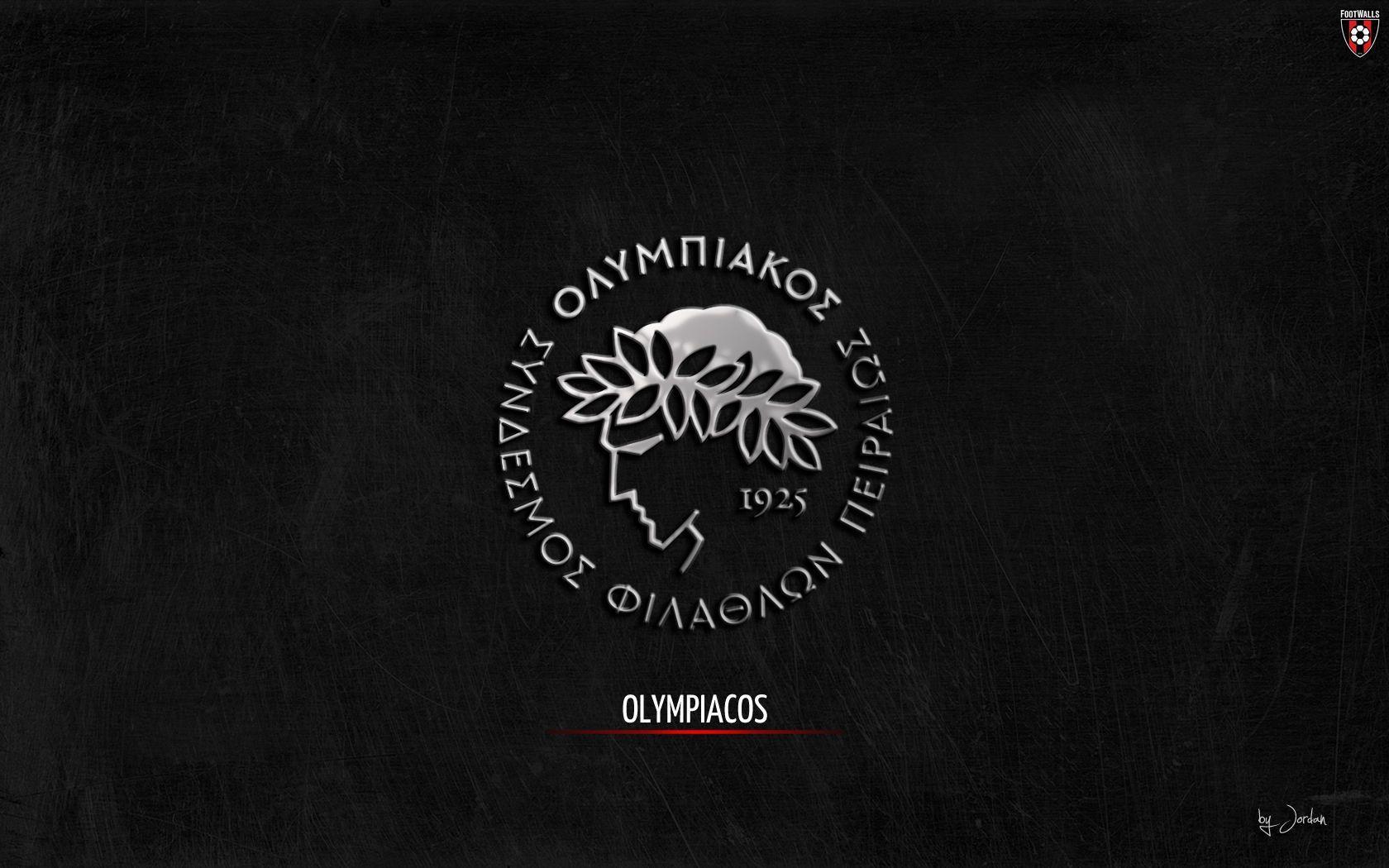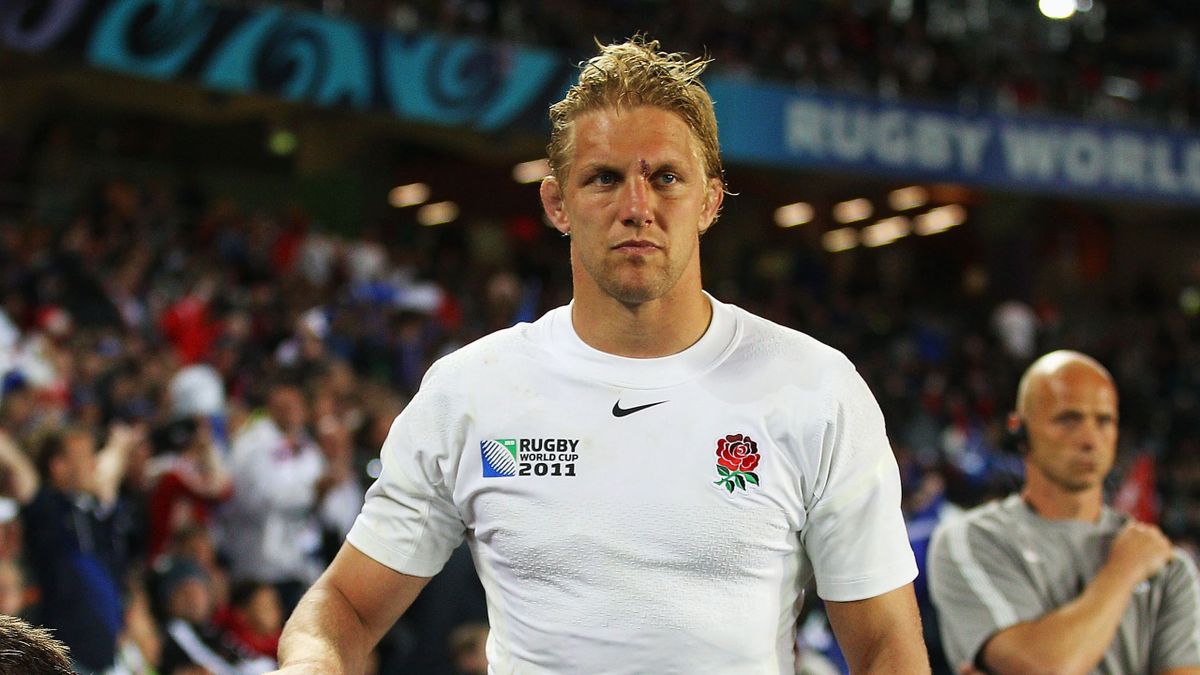
Introduction
The Women’s World Cup, held every four years, serves as a beacon for women’s sports globally, showcasing the capabilities and advancements in female athletics. The 2023 edition, hosted in Australia and New Zealand from July 10 to August 20, has garnered significant attention, highlighting the unity, talent, and passion of female footballers. Its importance extends beyond the pitch, sparking vital conversations about equality and investment in women’s sports.
Event Details
This year’s tournament marks the first time that the Women’s World Cup has expanded to include 32 teams, up from 24 in the previous editions, allowing more nations to participate and elevate the level of competition. Matches will be held across ten venues in the two countries, with the final set to be played at the iconic Stadium Australia in Sydney.
Recent years have seen a surge in interest and support for women’s football, with television viewership and attendance figures breaking records. The 2019 Women’s World Cup in France attracted over 1.12 billion viewers, according to FIFA, which highlighted the growing appetite for women’s sports. This trend is expected to escalate, thanks to enhanced marketing efforts and a more competitive landscape.
Significance of the Tournament
The Women’s World Cup serves as a catalyst for change in the sports industry. By providing a global platform for female athletes, the tournament not only showcases their skills but also encourages young girls worldwide to pursue sports. In addition, it impacts societal perceptions, pushing for increased investment in women’s sports. Corporate sponsorships and media coverage have evolved, leading to better financial sustainability for female competitions.
Moreover, the tournament acts as an opportunity to advocate for equality in sports. Despite progress, disparities between men’s and women’s sports funding and resources still exist. Stakeholders and fans are now using the visibility of the Women’s World Cup to demand equal pay, facilities, and opportunities for female athletes.
Conclusion
The Women’s World Cup 2023 is more than just a football tournament; it is a movement. With an expanded format and heightened global interest, it promises to inspire and empower the next generation of female athletes. As the tournament progresses, it will undoubtedly leave an indelible mark on the world of sports, propelling discussions surrounding gender equality and the future of women’s sports. Readers can look forward to not only thrilling matches and memorable moments on the pitch but also a reflection of changing societal attitudes toward women in sports.
You may also like

The Legacy and Impact of Olympiacos FC in Greek Football

The Rise and Legacy of Lewis Moody in Rugby
